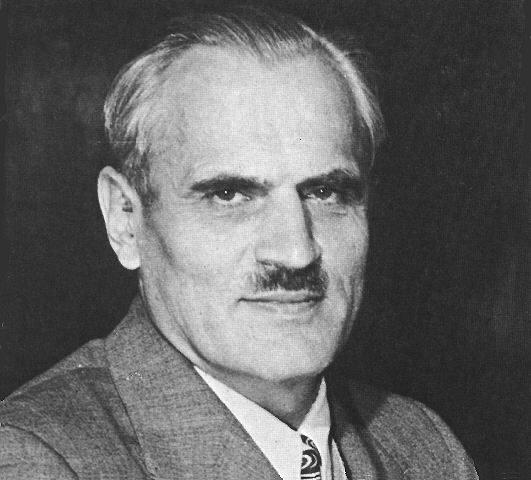Year: 1919
It is then shown that the law of absorption which holds for moderate frequencies must be modified in order to apply at very high frequencies in view of the fact, shown in a previous paper, that the wave-length becomes comparable with the radius of the electron. For absorbing elements in which excess scattering of the primary beam is inappreciable, the following law of absorption is derived: ?? / ??=KϕN4??3+?? / ?? where ?? / ?? is the atomic total absorption coefficient, ?? / ?? is the atomic scattering coefficient, and ϕ and ?? are functions of the ratio of the wave-length to the radius of the electron which are evaluated in the paper.
It is found that this formula agrees satisfactorily with the experimental values for the absorption of high frequency radiation in aluminium, the only substance for which the requisite data are available to make an adequate test, if the electron is taken to be a ring of radius (1.85 ?}.05) ?~ 10-10 cm. This result is in good agreement with the value 2 ?~ 10-10 cm. previously estimated by the writer on the basis of measurements of the scattering of high frequency radiation.


